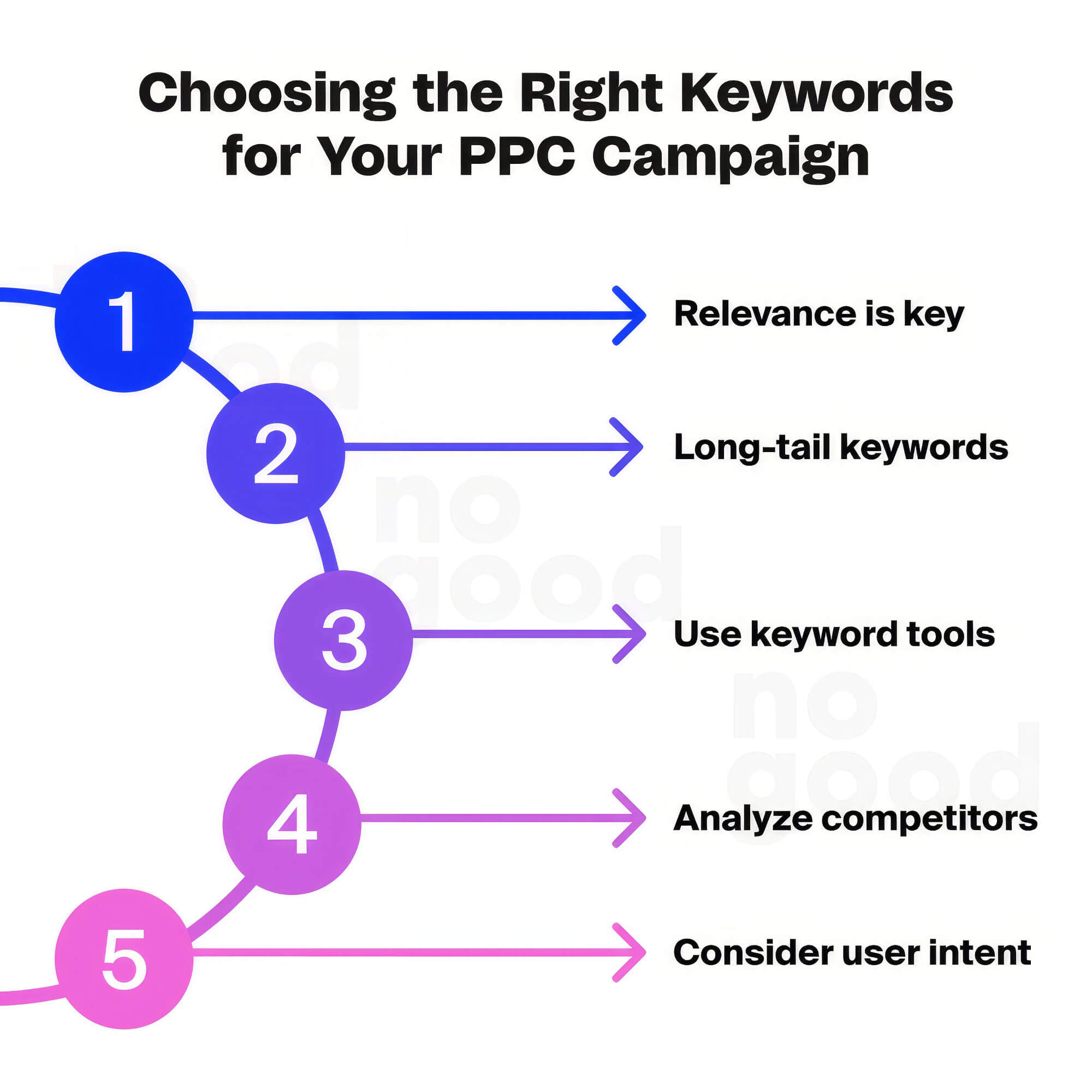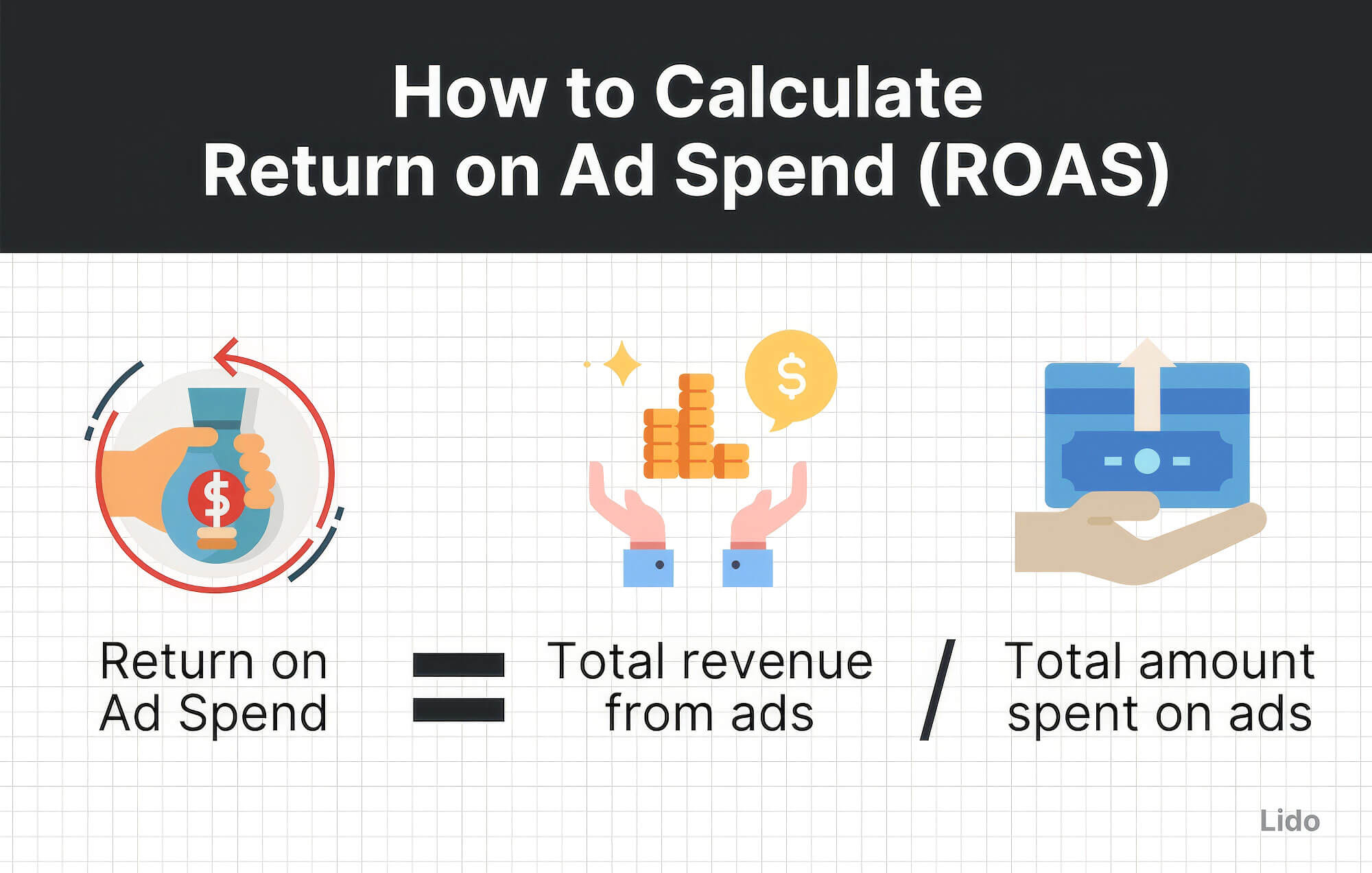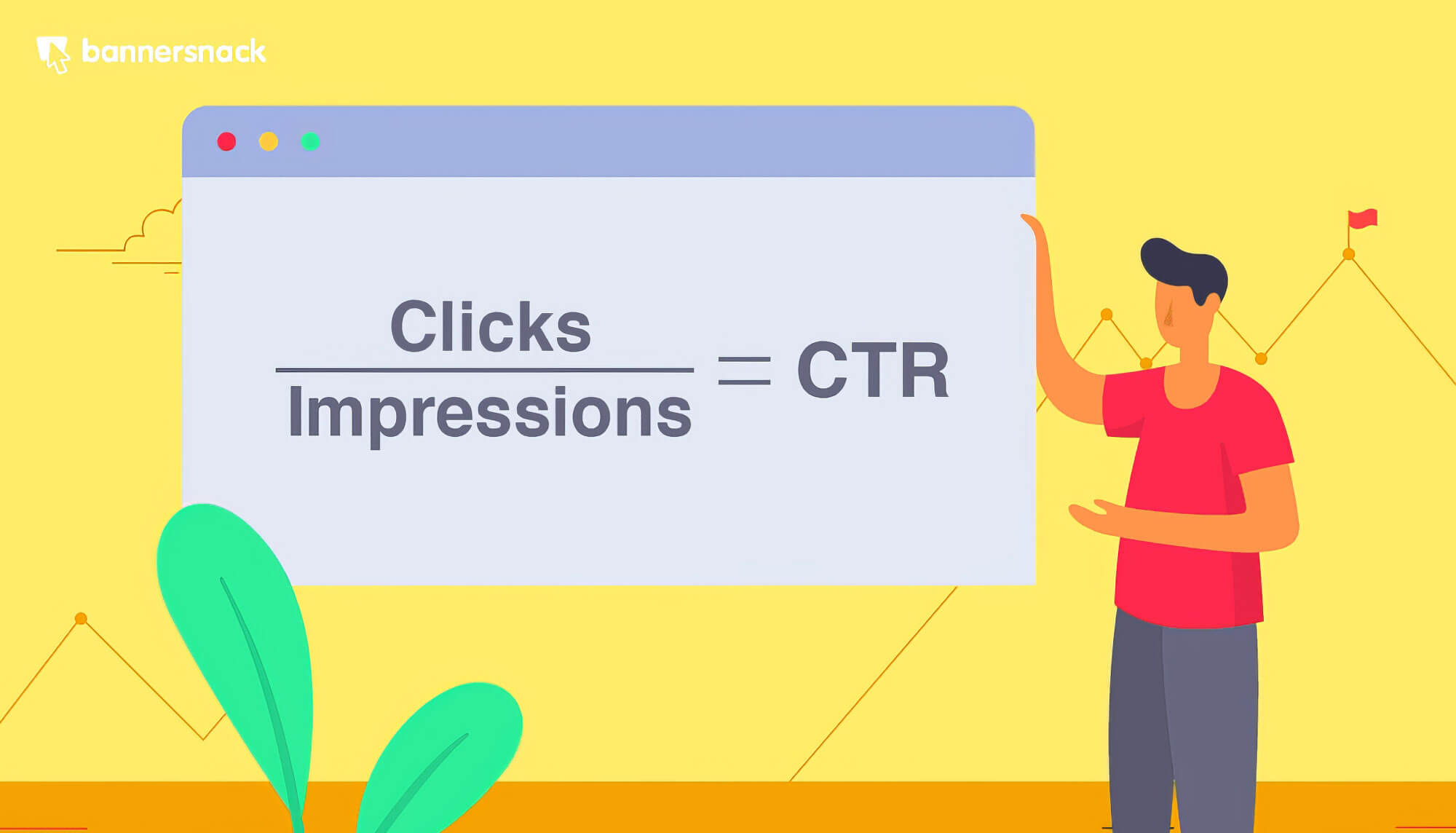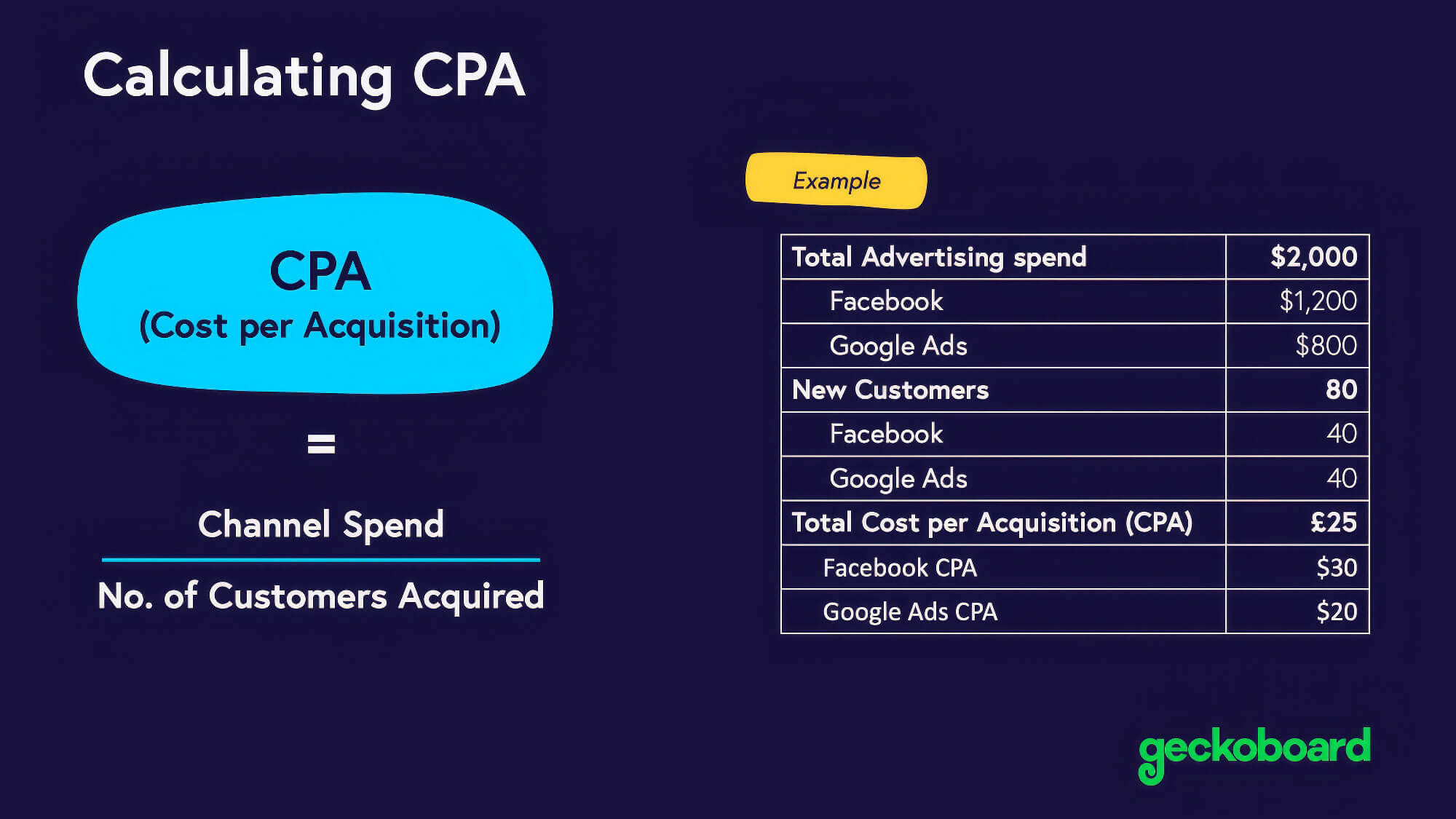Seasonal trends can be an excellent opportunity for PPC campaigns to drive sales. By capturing the trending interests of the target audience, PPC experts can get great results.
However, it is more complicated than setting up a few ads and letting them eat through your allocated budget. Running successful PPC campaigns for seasonal promotions requires regular monitoring, optimisation, and adaptation to new trends. Unless this is done with expertise, the campaign will only bleed money.

In this article, we’ll explain what you need to know to run a suitable PPC campaign and how you can optimise it to stay ahead of the competition.
Let’s get started.
Want to receive updates? Sign up to our newsletter
Each time a new blog is posted, you’ll receive a notification, it’s really that simple.
Understanding Seasonal Trends in PPC Advertising
For the success of any PPC campaign, a deep understanding of season trends and how to tap into them for maximum effect is vital. Consumption patterns and consumer behaviours change throughout the year due to holidays, market changes and weather conditions.
For instance, retail businesses take off during the holidays, and travel agencies see better business in summer. Some industries, such as e-commerce and fashion, are particularly susceptible to seasonal trends.
As a business owner or PPC campaign manager, you must understand these shifting patterns and adjust your campaign parameters accordingly. By altering bid amounts, creating relevant ads and targeting audience analysis, you can maximise the return on investment for your PPC campaigns and gain the upper hand over the competition.
Identifying Seasonal Patterns and Opportunities
It’s crucial to analyse historical PPC campaign data to identify seasonal patterns and convert them into opportunities. Search trends and industry reports are also good sources of insights into emerging opportunities and demand periods.
Along with the above, it’s vital to continuously monitor consumer behaviour and cultural events, weather, and economic factors that might affect demand patterns. At the same time, keeping up to date with the latest industry news, forecasts, and trends is essential. All these will help refine the timing of your PPC campaigns, optimise spending, and craft effective ads.
Conducting Keyword Research for Seasonal Campaigns
Keyword research plays a huge role in any seasonal PPC campaign, and it’s best to start with tools such as Google Trends, Google Keyword Planner, and Answer The Public to understand which ones to target. Competition analysis is also excellent for creating a list of high-value target search terms.
Once you have a list of target terms, you need to categorise them according to your niche and prioritise the ones with high intent and search volumes. This is an ongoing task, as you’ll need to monitor the search trends and adjust keywords to target as the season progresses. You should also refine your keywords list regularly to ensure you’re only targeting relevant ones.

Optimising Ad Copy and Landing Pages for Seasonal Relevance
Crafting optimised ad copy and suitable landing pages according to seasonal relevance is crucial to improving PPC campaign performance. When you successfully align your messages with the current seasonal trends, you stand to boost relevance, clickthrough rates, and conversions.
By tailoring content to match the theme of the seasons, you can ensure that your ads resonate with the target audience’s current needs, moods, and interests. This, in turn, leads to greater engagement, higher ROI and optimal ad performance.
Crafting Compelling Seasonal Ad Messaging
Creating compelling seasonal ad messaging begins with deciding the seasonal keywords you’ll craft the message around. Then, you craft a hooking message with the keywords included, maybe provide a special offer, and use clear and specific calls to action.
You can also use ad extensions, such as price and promotion extensions, countdowns, and seasonal, limited-time deals, to impart a sense of urgency. You should also use split testing to try out different variations of the same ads and determine which garners a better response from the audience. An effective seasonal ad will always align with the current trends, help drive engagement and boost the campaign’s impact.
Enhancing Landing Page Experience for Seasonal Offers
Along with your ads, the landing pages they lead to must also be optimised appropriately to match the seasonal trends. To do this effectively, use seasonal imagery, suitable messages, and attractive offers to capture the audience’s attention. As mentioned, limited-time offers can play a huge role in creating urgency and boosting sales.
You should also provide a streamlined user journey with clear CTAs and a seamless, intuitive user experience. The landing pages should be mobile-friendly since most users will access them through mobile devices. Suitable graphics, sale countdown timers and smooth checkouts can also help boost engagement and sales.

Adjusting Bids and Budgets for Seasonal Fluctuations
Adapting bids and budgets to keep in sync with seasonal fluctuations is crucial. This ensures that your ad spending is efficient and impactful and helps maximise ROI throughout the year. During peak demand seasons, such as holidays, bids should be increased to capture greater traffic. On the other hand, during off-peak times, bids can be reduced accordingly, and the budget can be used elsewhere.
Bid Strategies for Peak and Off-Peak Seasons
During peak demand seasons, bids should be boosted based on high-performance keywords and audiences to capture the increased demand. Automated bidding strategies like Target Return on Ad Spend (ROAS) and Enhanced CPC should optimise and adjust bids in real-time, guaranteeing maximum efficacy.

With low demand, bids should be lowered to reduce costs while maintaining a suitable brand presence. The focus here needs to be maintaining visibility for brand awareness and remarketing. Such a balanced approach will help reduce costs and keep the campaigns relevant throughout the year.
Allocating Budgets Based on Seasonal Demand
The key to optimising PPC strategy is allocating and altering budgets based on seasonal demand patterns. It is crucial to increase budgets during peak seasons, reallocate funds from underperforming campaigns to high-performance ones, and maintain a base budget during off-seasons. This way, you maximise ROI and can curb overspending during months with lower demand.
Leveraging Ad Extensions and Promotions
Extensions such as promotion, price, and countdown can highlight your seasonal, time-bound offers and promote urgency among customers. Price extensions can highlight discounts; promotions can showcase special deals, etc.
Scheduling Ads for Optimal Seasonal Timing
Ad scheduling is one aspect we can’t overlook when optimising PPC campaigns. By successfully aligning ad schedules with the period of peak demand, you can improve visibility and maximise ROI. Optimal scheduling will ensure that every ad you make life appears in front of the target audience when their intent to purchase is high.
Aligning Ad Scheduling with Peak Periods
As mentioned above, ads need to be scheduled during periods of peak demand to ensure maximum impact. To do this properly, you must begin by studying historical data and analysing the peak points of demand and when consumer activity is strongest. This data will allow you to make decisions regarding the scheduling.
Ensure you run your ads during these peak times for maximum visibility and engagement. Simultaneously, monitor campaign performance through key metrics such as CTR and ROAS to assess the efficacy of your schedules. Adjustments should be made based on real-time data to get optimal results.
Such proactive, continuous campaign refinement will help ensure your ads align with consumer behaviour during seasonal peaks.
Utilising Automated Ad Scheduling Tools
A seasonal PPC strategy can significantly benefit from automated ad scheduling tools. Tools such as Google ads scripts, scheduling software, and SaaS for scheduling can help streamline ad management and increase ROI.
These automated tools combine predefined rules with real-time performance data to manage ad deliveries. They can also provide features to show ads across multiple networks, allowing for more comprehensive coverage.
Such tools help you save time through automation and allow greater monitoring so that you can focus on the strategic parts of the campaign. At the same time, they ensure optimal ad delivery for maximum visibility and enhanced engagement. You can create consistent, adaptable, and performant ad campaigns by leveraging these tools.
Monitoring and Optimising Seasonal Campaign Performance
Continuous monitoring is vital to ensure that seasonal PPC campaigns benefit most from the latest seasonal trends. Such trends are usually very unpredictable, and the nature of trends at the beginning of the season might change entirely by the time the season nears its end.
Through regular monitoring and adjustments, you can improve your ROI and enhance the efficacy of your campaigns. In the following sections, we’ll further explain how these aspects work.
Analysing Seasonal Metrics and KPIs
To monitor campaign performance closely, create a list of key performance indicators (KPIs) that best reflect the campaigns’ performance. This will allow you to understand how well the ads perform and how audiences engage with them during peak times.
Then, you’ll need to compare these metrics with previous historical campaign data, which will allow you to understand whether the campaigns are performing better than before. This can also help identify patterns in the data, reveal customer behaviours, and suggest tweaks in the campaigns.
The following list is a breakdown of the essential metrics that you can track for this purpose:
1. Click-through Rate (CTR)
This indicates the number of people clicking on your ad, and a high CTR suggests that the ad is relevant and engaging to the audience. A dip or fluctuation in the CTR can indicate changes in interest patterns regarding the ads and, hence, a trend alteration.

2. Conversion Rates
Conversion rates measure how effective your ads are in moving the audiences to take a desired action, such as making a purchase or subscribing to a newsletter. Conversion rate tracking is vital as it tells whether the consumers are taking the intended actions.
3. Cost Per Acquisition (CPA)
CPA is the money you spend to get one customer through your PPC ads, and it’s vital to control your ad budget and understand ROI. CPA will usually change based on trends, so you need to monitor it assiduously.

4. Return On Ad Spend (ROAS)
ROAS tracks the revenue per dollar spent on the ad campaign, making it a vital metric for evaluating profitability. The higher the ROAS, the more successfully your campaigns are driving sales.
5. Total Revenue
Of course, this is the bottom line, a direct measure of your ads’ financial performance.
These are just some of the KPIs that you can track. For more fine-grained analysis, you can apply filters and segment the data. This way, you’ll be able to understand which parts of the campaign are working well and which need to be improved.
Making Data-Driven Optimisations
For optimisation, you need to do more than just track the metrics alone; you also need to make data-driven decisions about which optimisations will improve performance. You can begin the process by allocating funds from lower-performing campaigns to high-performing ones. This will enhance the impact of a successful PPC campaign and reduce fund wastage on underperforming ones.
Bids must be adjusted based on performance, with more allocation for high-performing keywords. The target audience should also be adjusted based on response metrics. At the same time, make sure you’re split testing with different ad creatives that align with the season’s trends. Through regular monitoring and continuous adjustments, you can ensure the best results from your ad campaigns.
Post-Season Analysis and Learnings
Once the season ends, it’s time for retrospection—not rest! You and your team must conduct a thorough post-season analysis to gain insights for future campaigns. This way, you can understand what worked and what didn’t and create a foundation to grow future campaigns.
Evaluating Campaign Performance and ROI
We’ve already mentioned some KPIs you should track to evaluate your campaigns’ performance. After the season, it’s time to compile them into easily understandable reports and charts to glean insights about the campaign’s performance. Metrics such as ROAS, CPA, and revenue should be compared with projected targets to understand whether campaign goals were achieved.
Data should also be matched against historical performance and industry benchmarks to understand the level of success achieved. The top-performing relevant keywords, ad copy, and audience segments should be noted for future reference.
However, segments that performed below expectations should be addressed. Instead, these should be considered as areas for improvement in future campaigns. This way, you can ensure that your strategies get the best of both worlds: What’s already working well and what can be enhanced for better results.
Refining Strategies for Future Seasonal Periods
The insights gained from past campaigns can help develop better strategies for future PPC campaigns. With updated keyword lists, refined ad copies, and targeted audiences, you can adjust and allocate budgets optimally to reduce costs and improve performance.
Staying current about industry trends and shifts in consumer behaviours will allow you to stay ahead of the competitive curve. By applying the tactics in this guide to your seasonal campaigns, you stand to boost future results and gain a better foothold in the market.
Master Seasonal PPC Campaigns with Confidence
Seasonal trends offer unique opportunities to supercharge your PPC campaigns. By analysing data, optimising ad strategies, and aligning with consumer behaviour, you can turn seasonal fluctuations into a competitive advantage.
This guide has provided actionable insights into identifying trends, crafting compelling ads, managing budgets, and leveraging tools for success for seasonal strategies. Use these tips to refine your seasonal PPC campaigns and ensure they perform at their peak during critical demand periods.
Let sitecentre® help you navigate the complexities of your PPC campaign. From keyword research to ad copy refinement and budget management to understanding your target audience, our expertise ensures your campaigns deliver results when it matters most.
Take control of your seasonal PPC campaign’s seasonal trends today. Contact sitecentre® for tailored solutions that drive measurable ROI!






